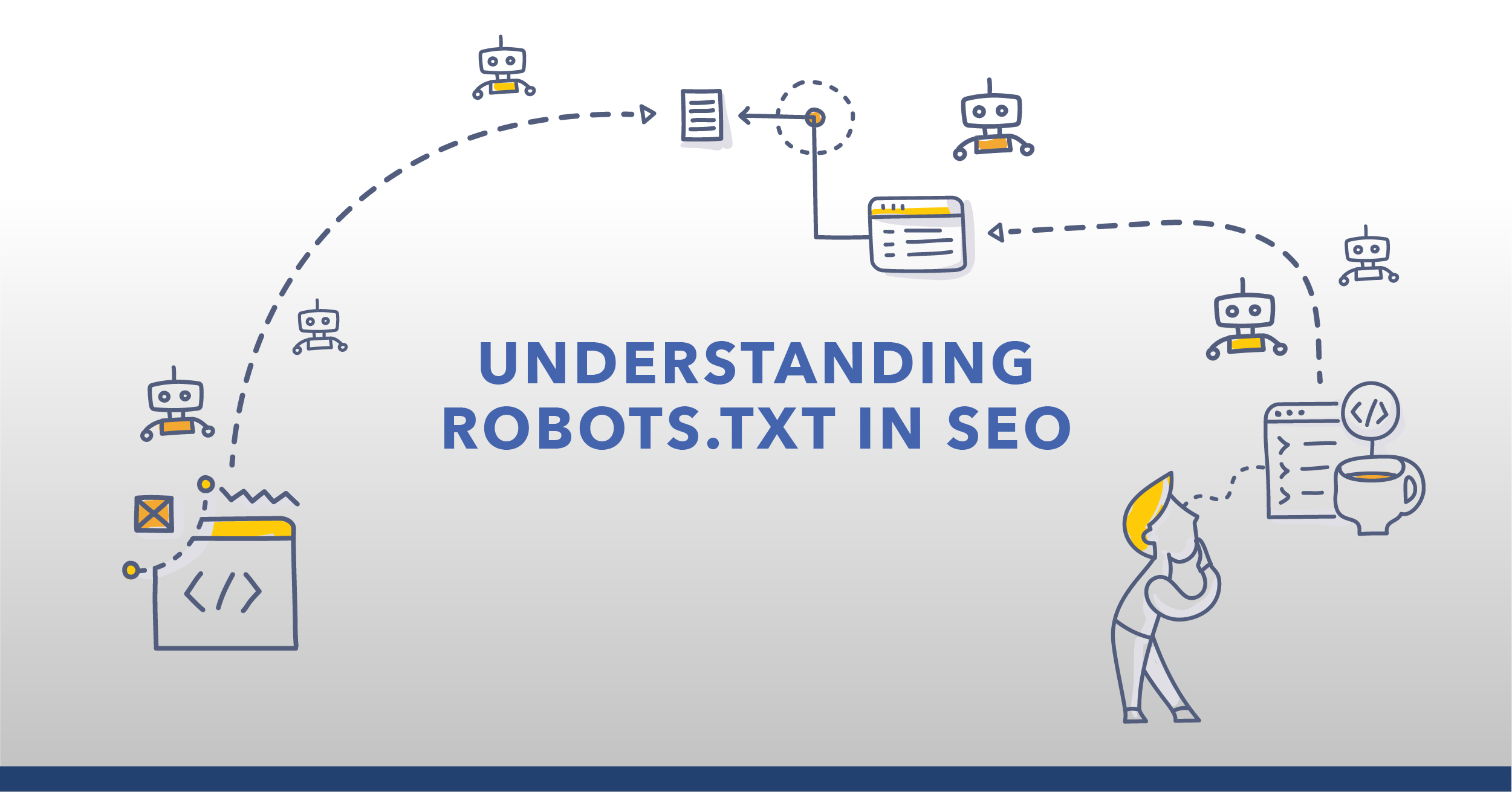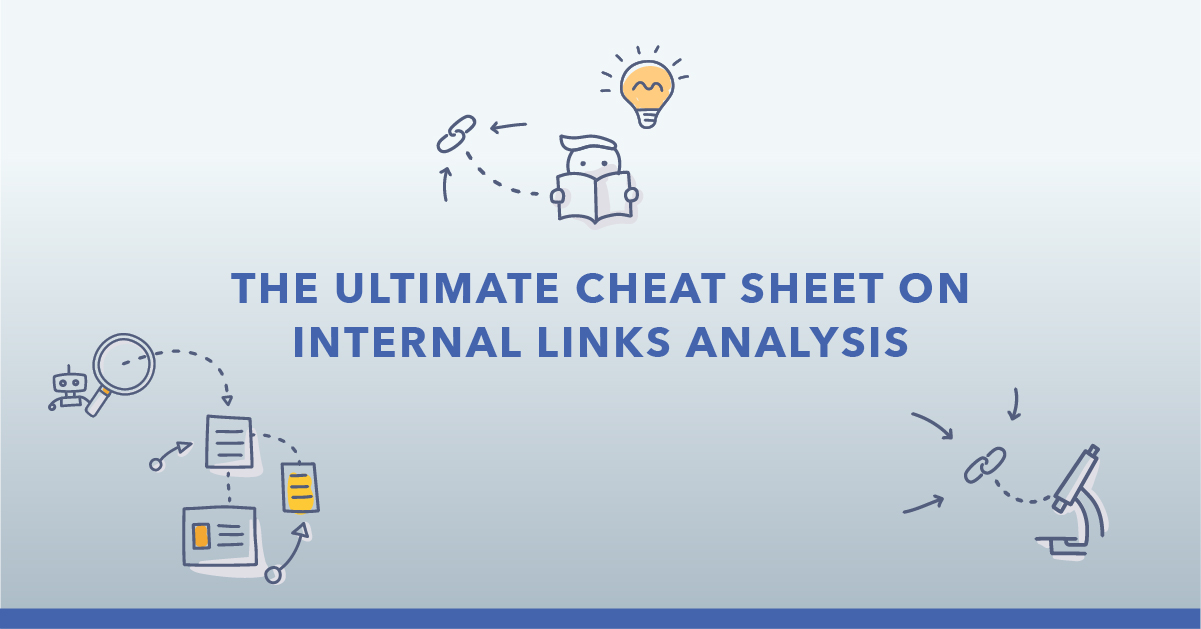The following article was written by digital marketing agency, Atigro, detailing their unique point of view and experiences using Search Journeys powered by Sia (seoClarity’s AI Assistant) in Topic Explorer.
There are a number of seoClarity features I love to use when consulting with clients. One of my favorites is Search Journeys, which gives you the top five searches a user makes both before and after they search for your targeted keyword.
There are three reasons why understanding the user journey is a valuable investment of time.
First, it quickly gets you inside the mind of a searcher and gives you insight into their specific queries as they explore a topic. It helps you to understand what they were thinking before they entered your target query and what they wanted to do after reading the page they selected.
Second, it allows you to know what information to provide in your content so that the user doesn’t have to click away to satisfy their curiosity. One of Google’s guidelines for helpful content asks, “Does your content leave readers feeling like they need to search again to get better information from other sources?” Search Journeys makes you aware of what is missing or buried on top-ranking pages by showing you what users search for next.
Third, it gives you the data you need to develop a robust content brief for your writers, especially if you want to meet Google’s helpful content standards which include comprehensiveness, originality, information gain, and substantial value.
Recommended Reading: User Search Journeys: 5 Uses for SEO With Research
Table of Contents:
7 Advantages of Using Search Journeys to Produce Content
- Easily and proactively identify information users seek in follow-up searches. Often, the “after” queries include clues about missing content on top-ranking pages. By incorporating that content, you prevent the user from bouncing and save them an extra search.
- You avoid publishing pages that aren’t well-differentiated or unique. Having unnecessary or repetitive content on your site can make it appear that you are writing content primarily to target keywords. Instead of publishing several mediocre pages, you can craft one robust page that covers what people really want to know.
- Understand complex topics without having to do a lot of research. For example, the user journey for “autoscaling and elasticity” includes easily understandable keywords such as “resource management,” “resource optimization,” and “cloud cost management.” Knowing this will help you in your initial conversations with your SME.
- Gain insight into how to prioritize content on the page. If people who search for an energy provider always want to know about “sustainable,” “green,” and “renewable energy,” consider including that section at the top of the page and making it very compelling.
- It can give you ideas for improving your title tags. You might see this when people search for closely related terms one right after the other. In a search journey that includes “no credit check” followed by “no deposit,” putting both of those terms in the title tag may get you the click on the first query.
- Discover times when people accidentally stumble on your target keyword. This can happen when your term is both tangible and intangible. One time we saw that users discovered “seat leasing” when they were primarily looking for a brick-and-mortar office. When this happens, you can think about how to tailor your content to someone with that mindset. For example, “If you are looking for office space, consider seat leasing instead” (See example 4).
- It gives you the synonyms and colloquial terms people use for your product or service. This is especially useful if nobody searches for exactly what you do because they call it something else. Some examples include “outsourcing” instead of “remote staffing,” “movies” instead of “content,” or “investment” instead of “cost.”
Recommended Reading: Search Journeys: 5 Uses for Travel Sites [Research Included]
Client Use Cases of Search Journeys
Now let's look at some real examples from actual clients.
Example 1: Get inside the mind of the searcher
The “bronze glass” user journey shows that while the primary search intent of this keyword is informational, the “searches before” and “searches after” indicate a desire to buy.
The example below opens a window into the mind of the customer because they tell you exactly which products they want. Knowing this takes a lot of the guesswork out of writing the page.
Example 2: Understand how to add, or emphasize, topics flagged by Content Fusion
In the User Journey below, you can see that “test automation tools” are at the top of searchers' minds, so much so that they query it both before and after the target keyword. However, the topic was missing from our page.
The journey also showed us that “software testing” was important to readers. We had only mentioned it once in our article, while other pages covered it extensively. Knowing this, we were able to update the page so that it met the reader’s needs.
Example 3: Recognizing the potential impact of SERP features
In the example below, we saw that the User Journey for this provider was different from that of other providers in the same industry. For this provider, searchers were going back to the same queries in their “after” searches as they had made in their “before” searches.
When analyzing the search in real-time and on Search Previews (another useful seoClarity capability), the results took up almost all the space above the fold, including a knowledge panel. It looked as if users got enough information about this provider from just the SERP features and went on to explore other providers.
Example 4: Identify when users incorporate their learning into their searches
In this next example, people discovered our target keyword while they were looking to lease traditional office space.
They did not appear to have considered seat leasing when they first began their research. It was an “aha” moment that generated a useful discussion about how to take the reader from one point of view to another.
Example 5: Scope and plan content for new product offerings
This final example shows how the user journey can help with new content planning. Customers are introduced to the market for Tesla wheel covers after searching for ways to customize and upgrade their vehicles.
Once they know about and become interested in this option, they search for products for the vehicle they own. Armed with this knowledge, and information about typical questions (also found in Topic Explorer), content creation can begin.
Conclusion
While you need to start with keywords, because those are what users type into search engines, writing great content is so much more than focusing on them in isolation.
When you understand how a person’s thought process evolves, you can create a page that interests them and helps them achieve their goals.
Search Journeys in seoClarity gives you an effective assist in your efforts.
Want a free Search Journey for one of your target search terms? Provide your email in the form below and we'll create a custom journey just for you!







Comments
Currently, there are no comments. Be the first to post one!